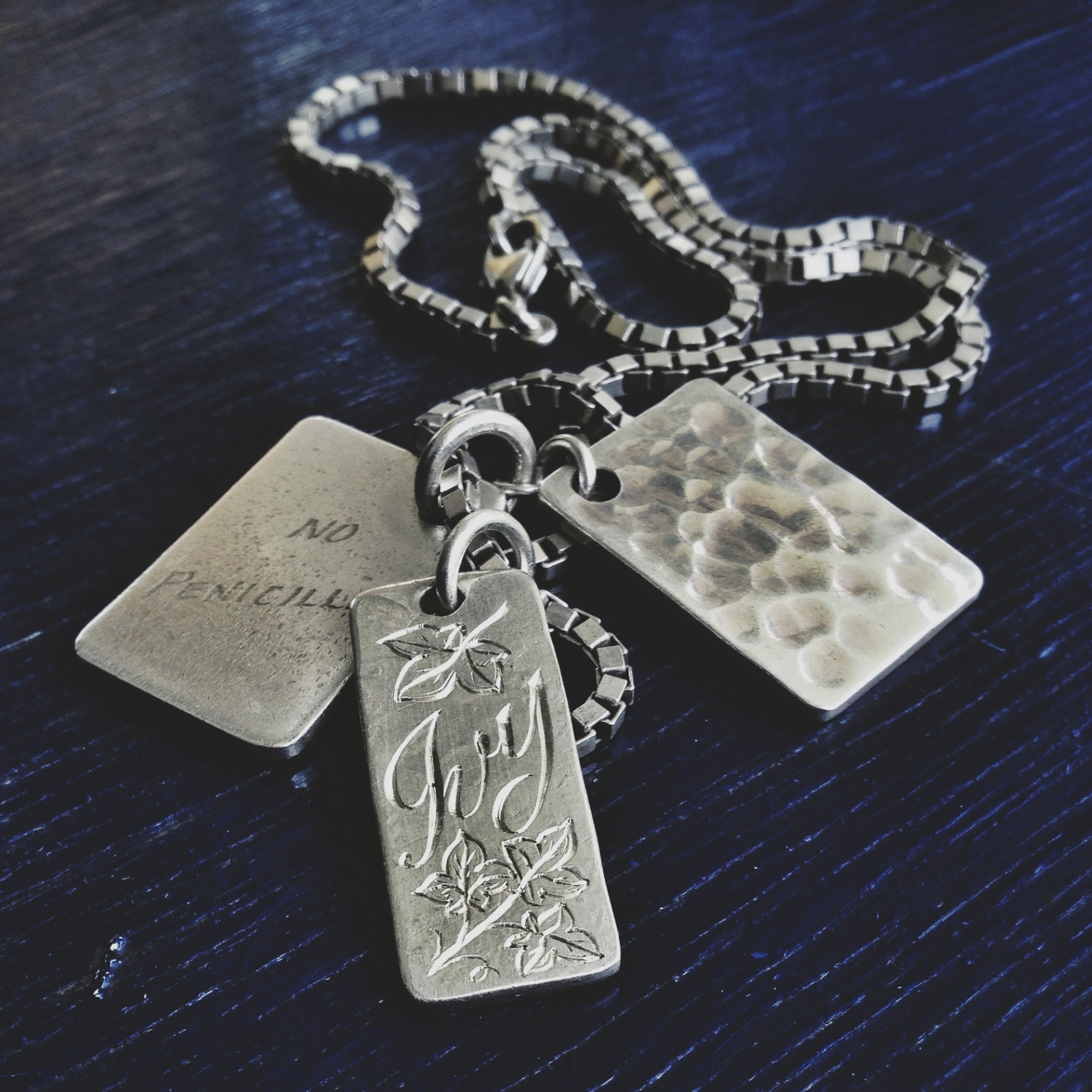
6 Common Laser Engraving Mistakes and How to Avoid Them
Are you planning to buy a laser engraving machine?
Not a lot of laser engraving service companies exist in the United States. It’s an opportunity for you to step in and become a reputable service. However, knowing how to use your equipment is a must.
In this guide, you’ll learn about common laser engraving mistakes. Read on and discover what you should avoid today:
Contents
1. Engraving Fabric With the Wrong Settings
Not all fabrics can withstand your laser engraving or cutting machine. To avoid burning through them, learn the proper fabrics to buy. Some fabric options are more resilient, allowing them to survive higher power settings.
Here are some examples:
- Denim
- Canvas
- Leather
When you’re engraving delicate fabrics, using high speed but low power settings, test these on your spare material to determine whether the fabric is strong enough. Continue increasing the power until you find your desired result.
2. Inconsistent Glass Engraving
When the laser strikes glass, the surface fractures, however, the engraving is either shallow or removes the necessary materials. The fractured glass surface looks frosty, but they feel rough.
No one likes rough or chipping surfaces. To make a smooth frosted finish, use a lower resolution. 300 DPI is ideal because the results are better on glass.
3. Lack of Machine Maintenance
A laser engraving machine is a complex setup with various optical parts. The engraving process produces smoke and leaves residues. Some of these get trapped within your machine.
Make routine cleaning and maintenance a habit to keep its peak performance. It allows you to go past its average lifespan while preventing accidents such as ocular injuries.
4. Assuming All Wood Types are the Same
Perfecting your laser engraving techniques means mastering wood characteristics. For example, oak, teak, and other hardwoods require more power. Softwood types like balsa need a more delicate approach.
Also, some woods like larch or fir are incompatible with laser engraving. It’s because they have unique characteristics. On a microscopic level, they aren’t uniform, making them unfit for laser engraving, even with a Lasit Laser machine.
5. Lack of Metal Knowledge
It’s common for beginners to assume they can engrave every type of metal. This assumption is dangerous since engraving metal materials will result in various finishes. You can’t get the right output if the metallic surface is rough and non-uniform.
6. Forgetting to Save Preset Conditions
Your engraving machine has no idea of your material. It’s why you can pick between hundreds of settings to make endless combinations. Once you find the perfect setting for a specific material, save it.
Otherwise, you’ll waste more time rediscovering the setting. It will also result in inconsistent product quality.
Avoid These Laser Engraving Mistakes Now
These are the usual laser engraving mistakes you’ll encounter. Use these to ensure you always have laser-friendly materials for your project.
However, learning these blunders is only half the battle. Look for a good laser engraving machine to better accomplish your job.
Did you find this guide helpful? Check out our other articles for more.


Comments are closed.